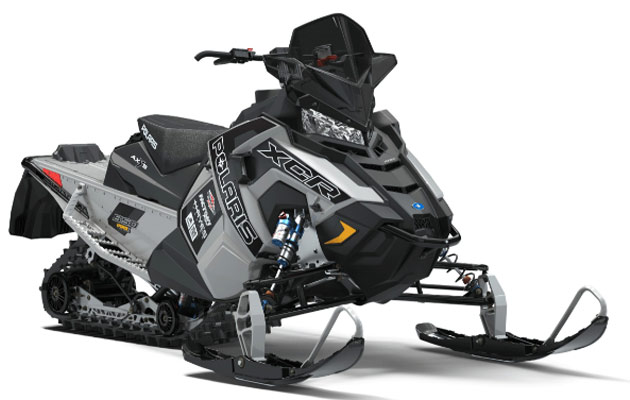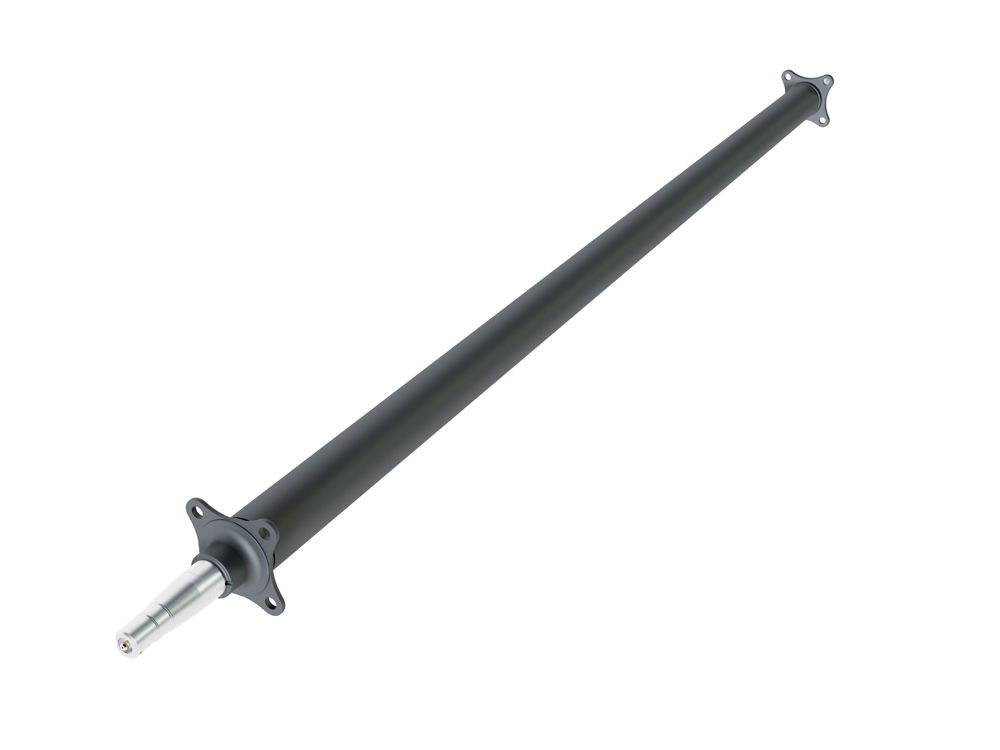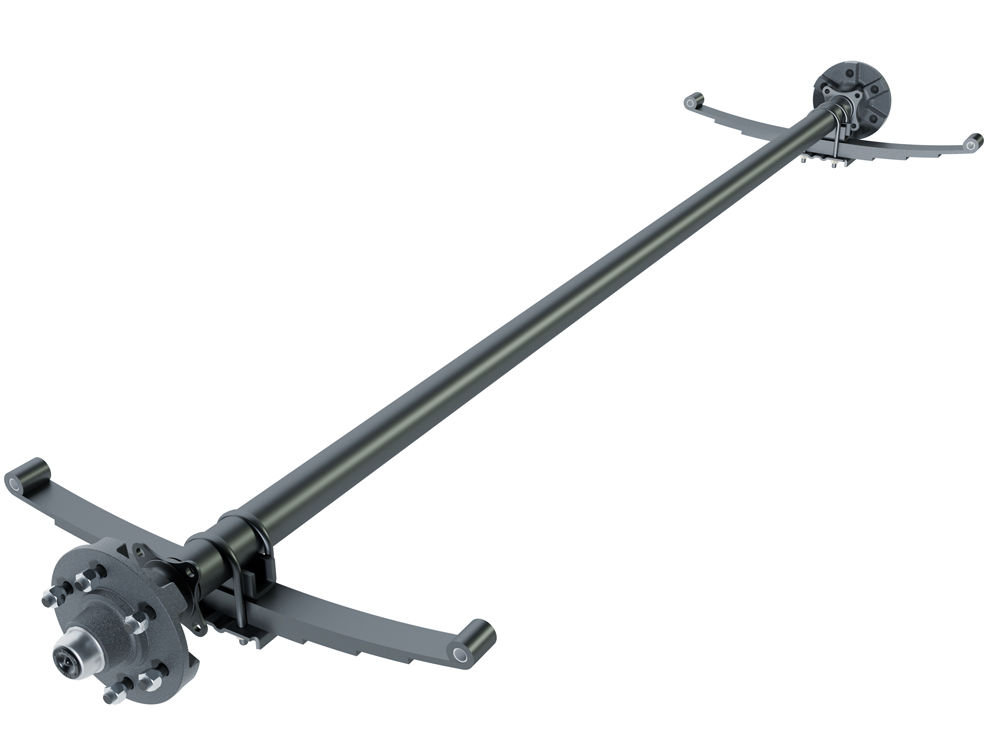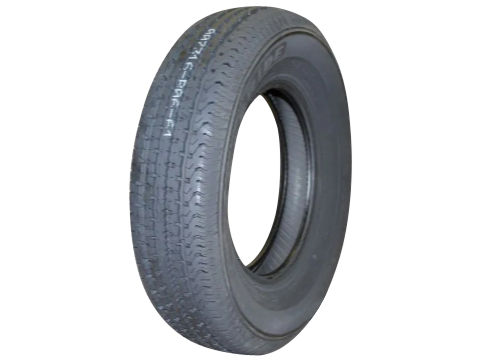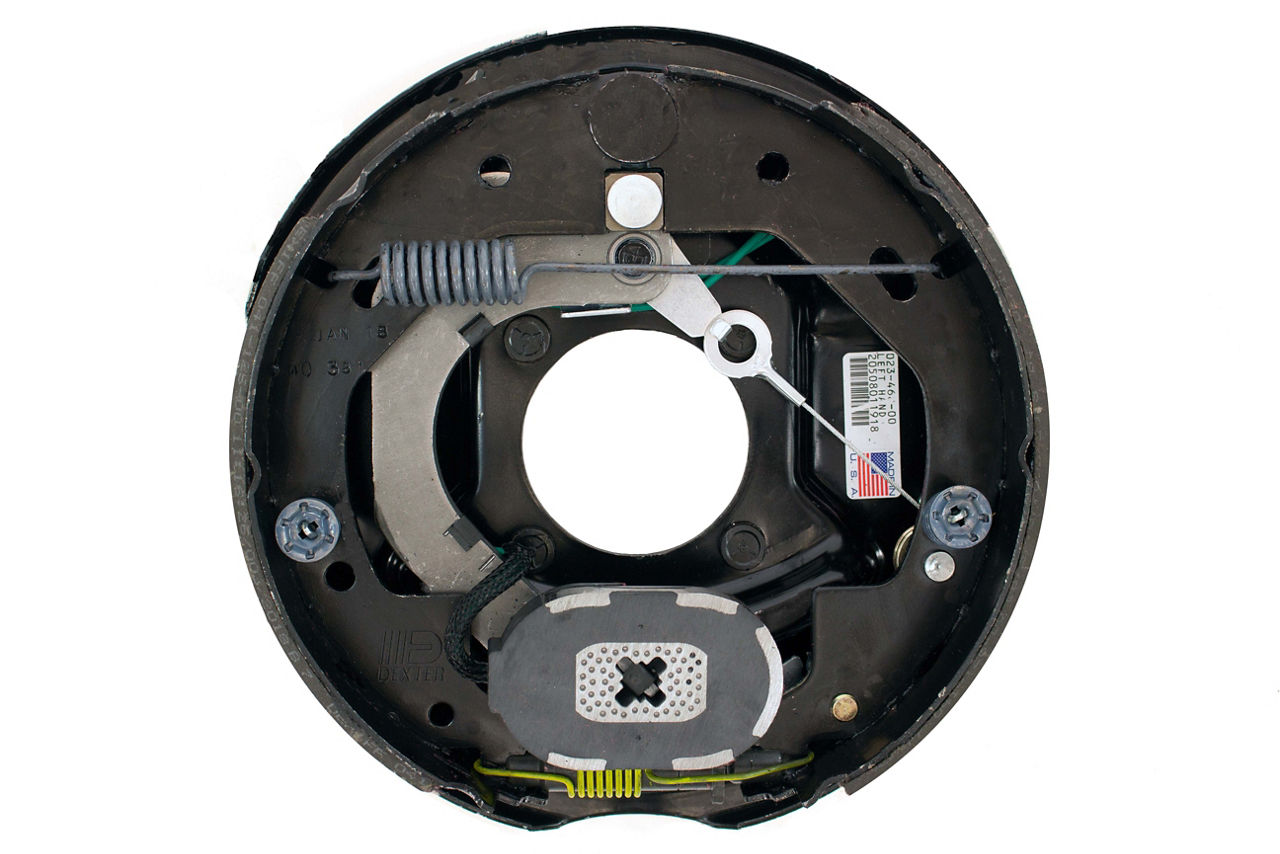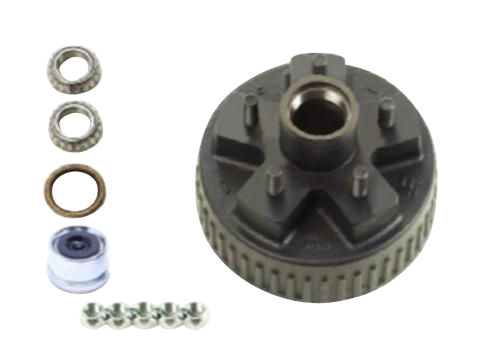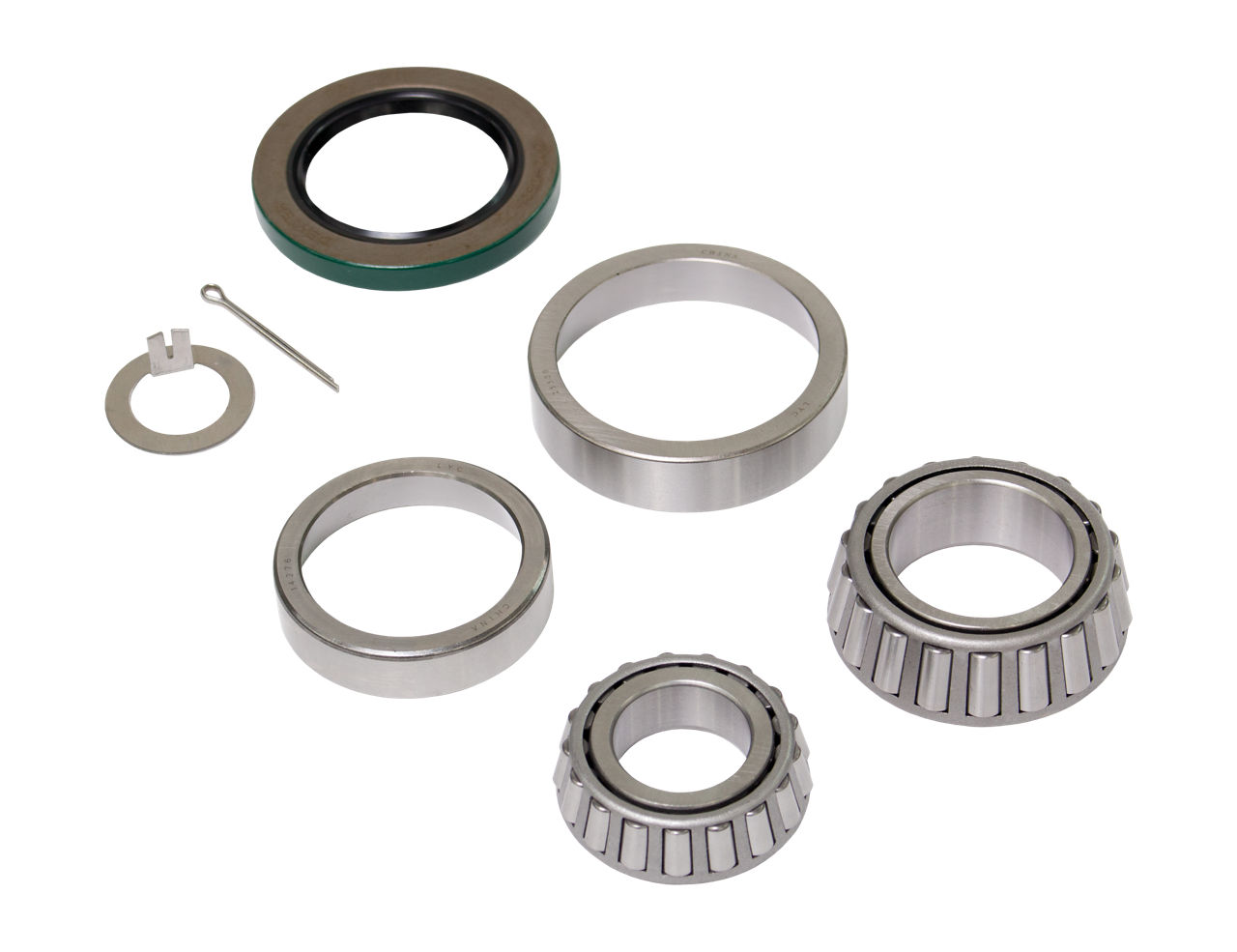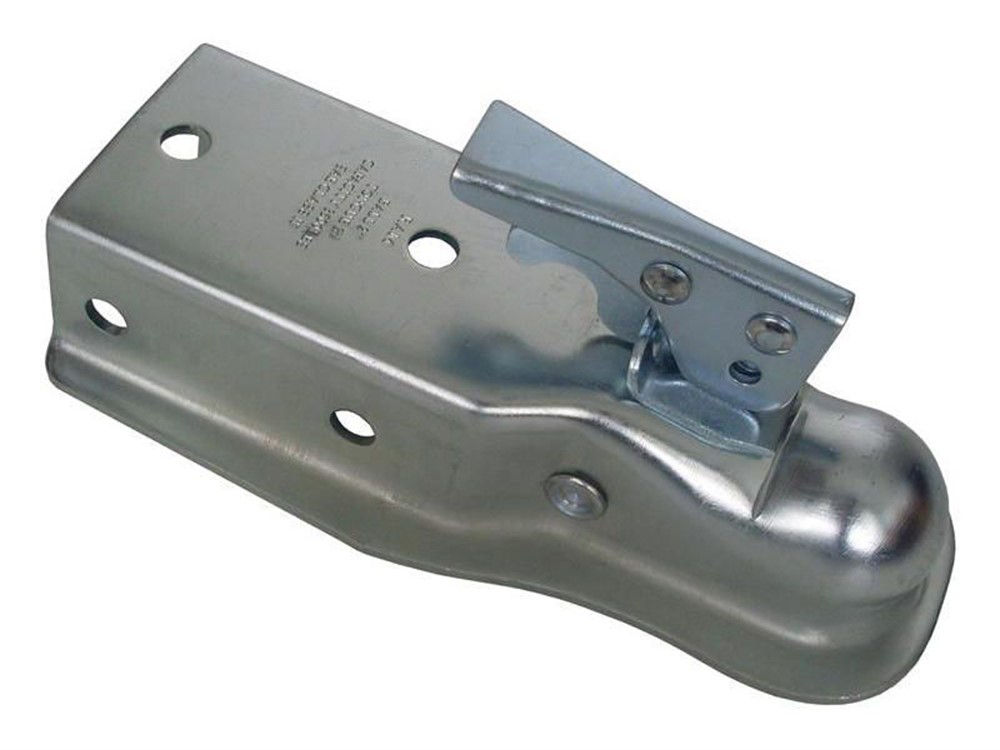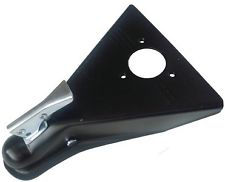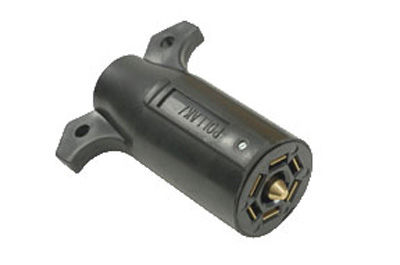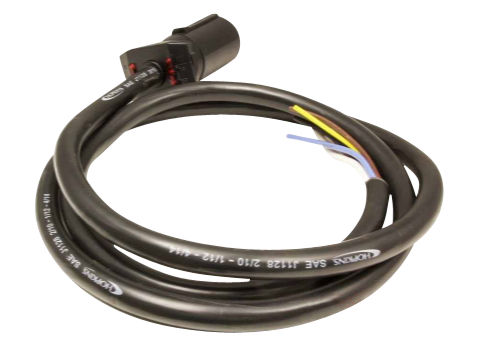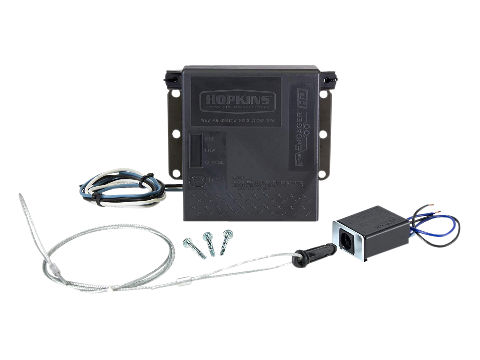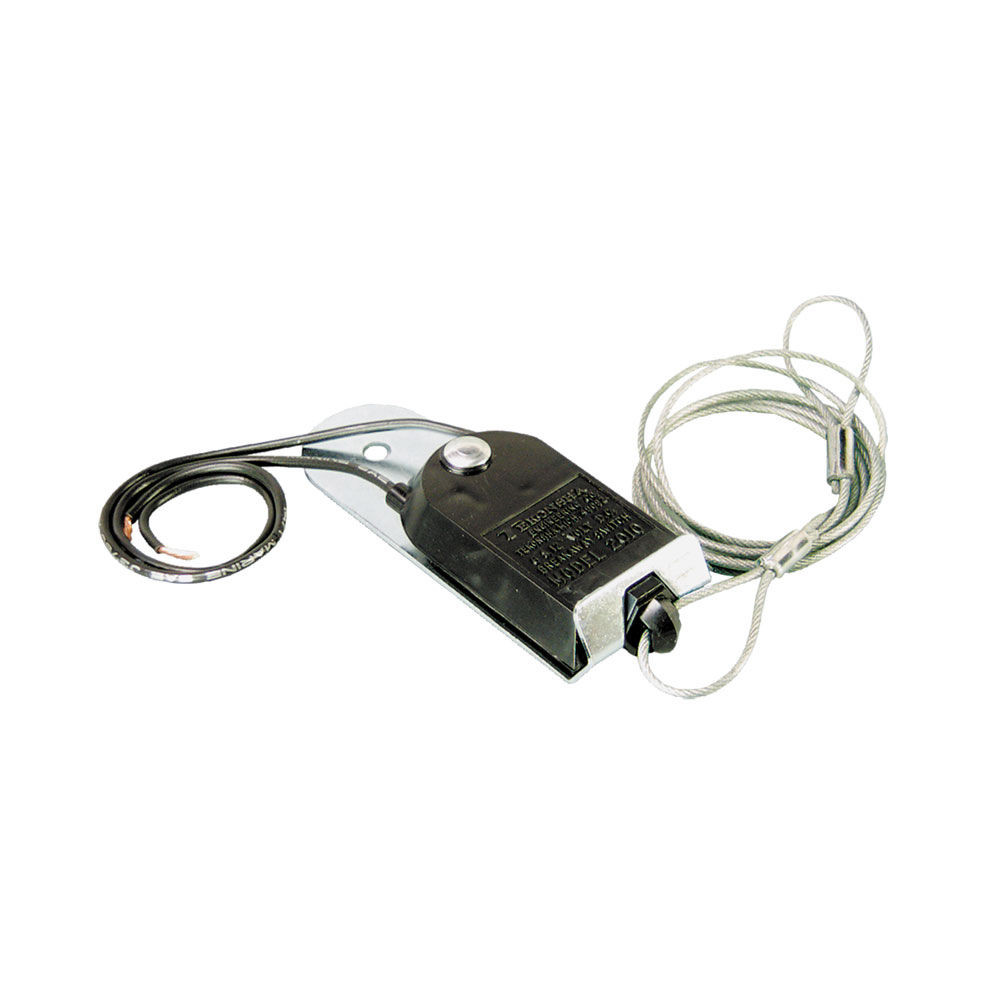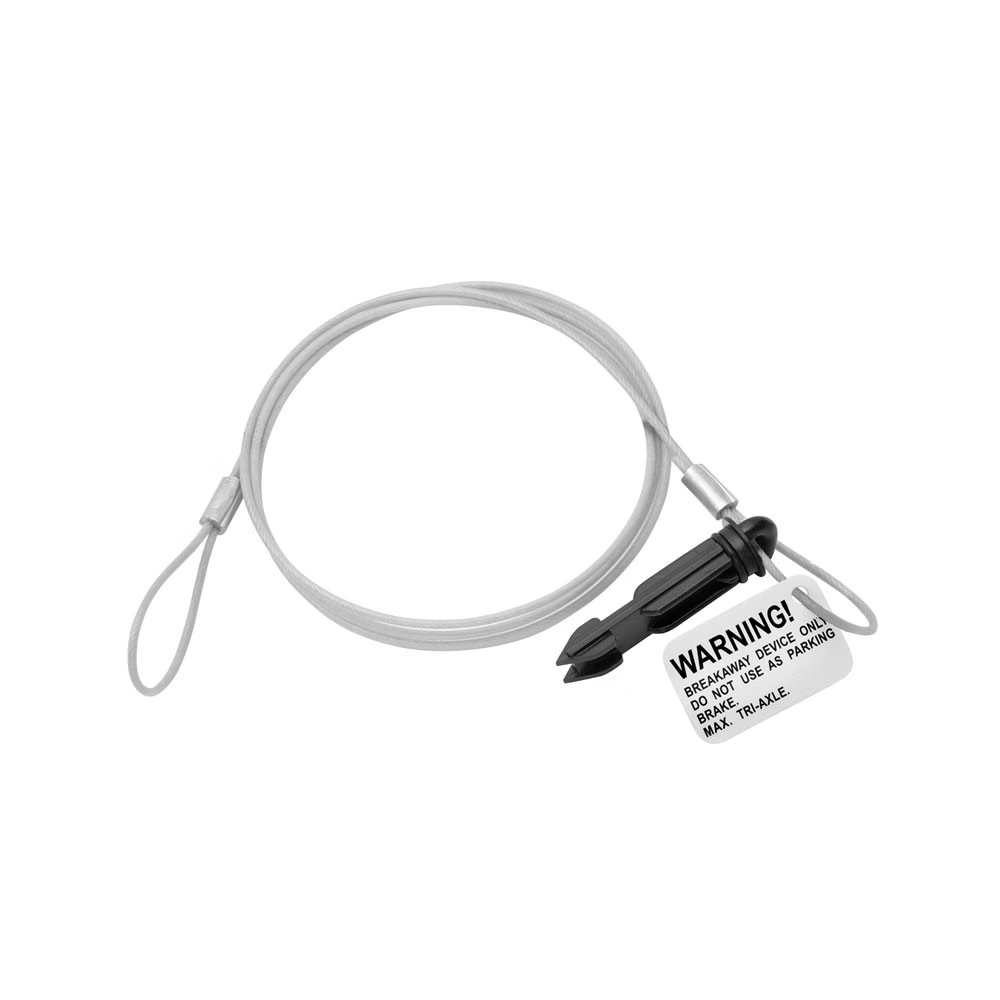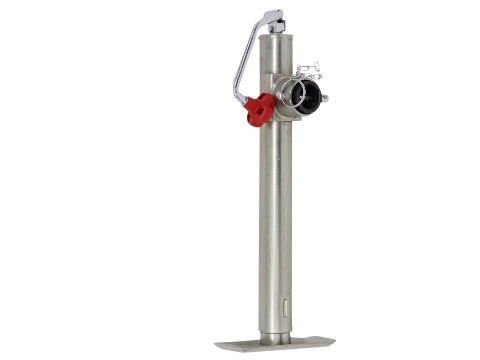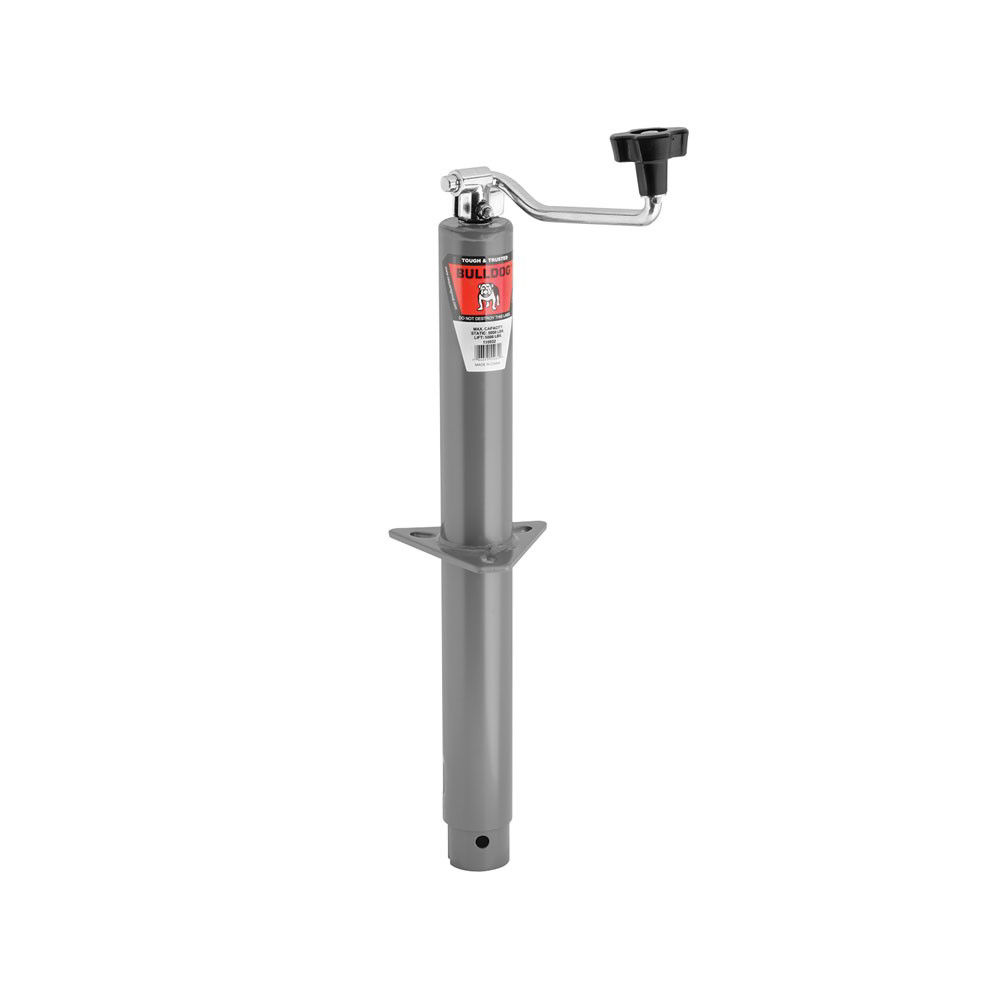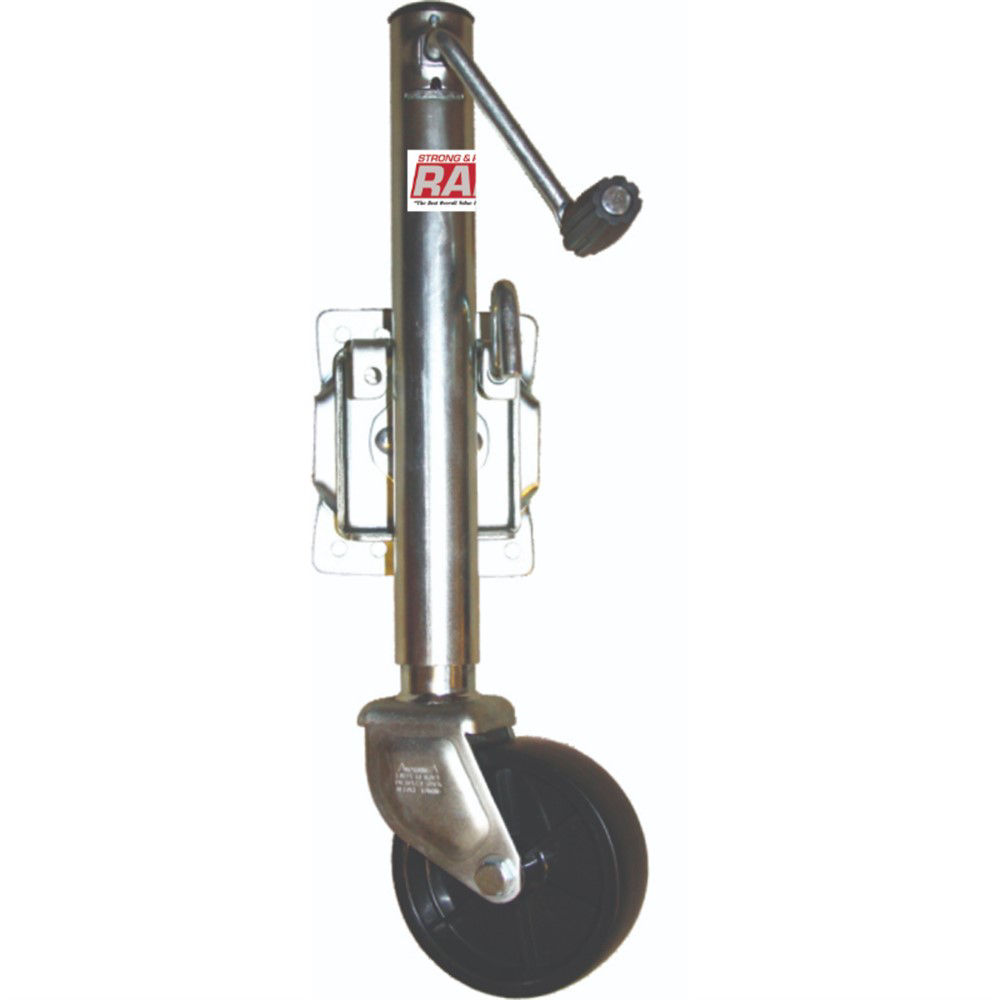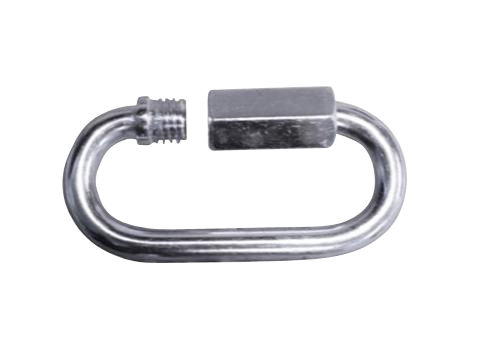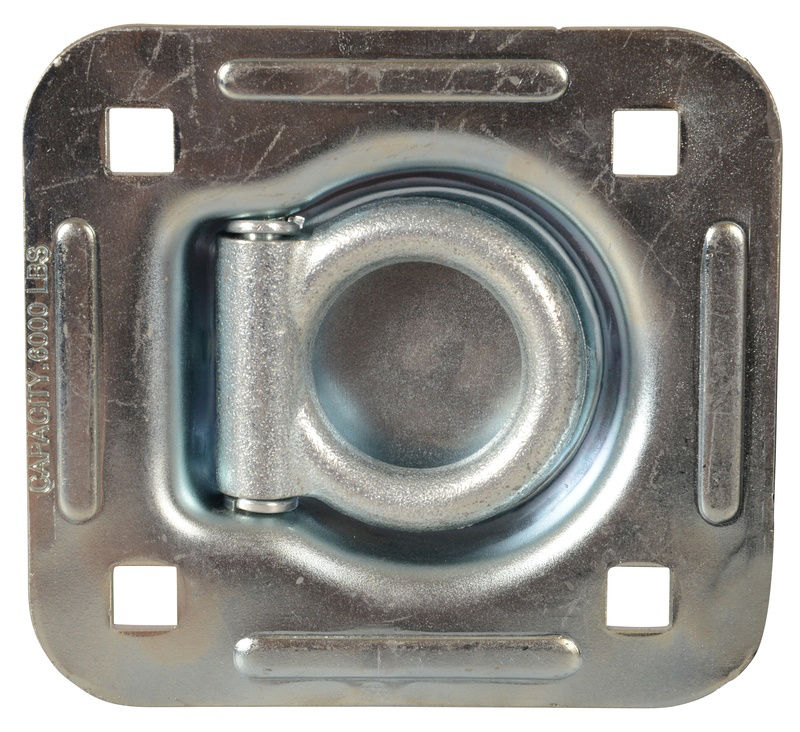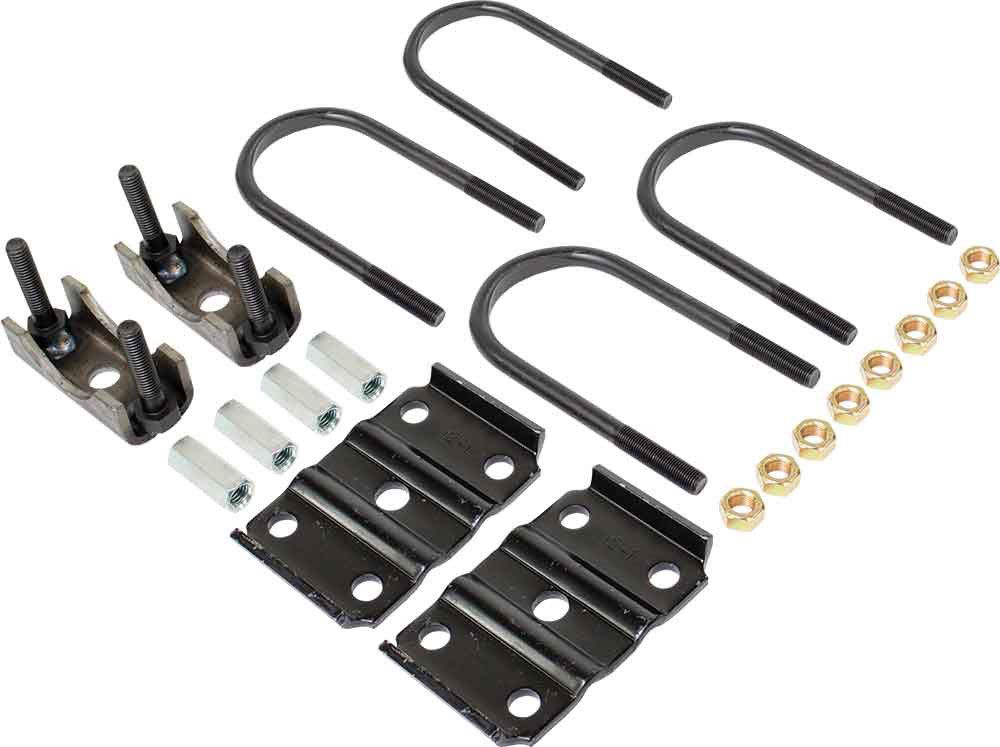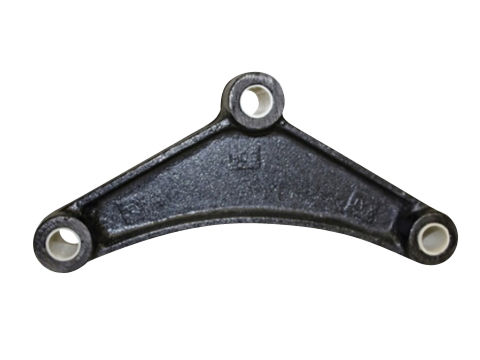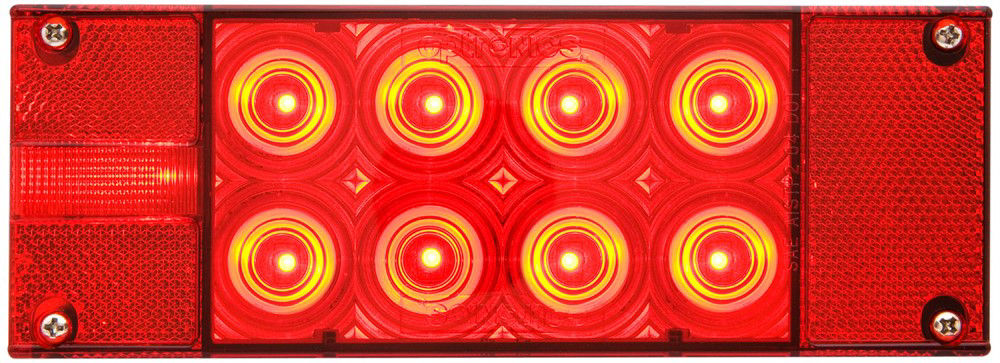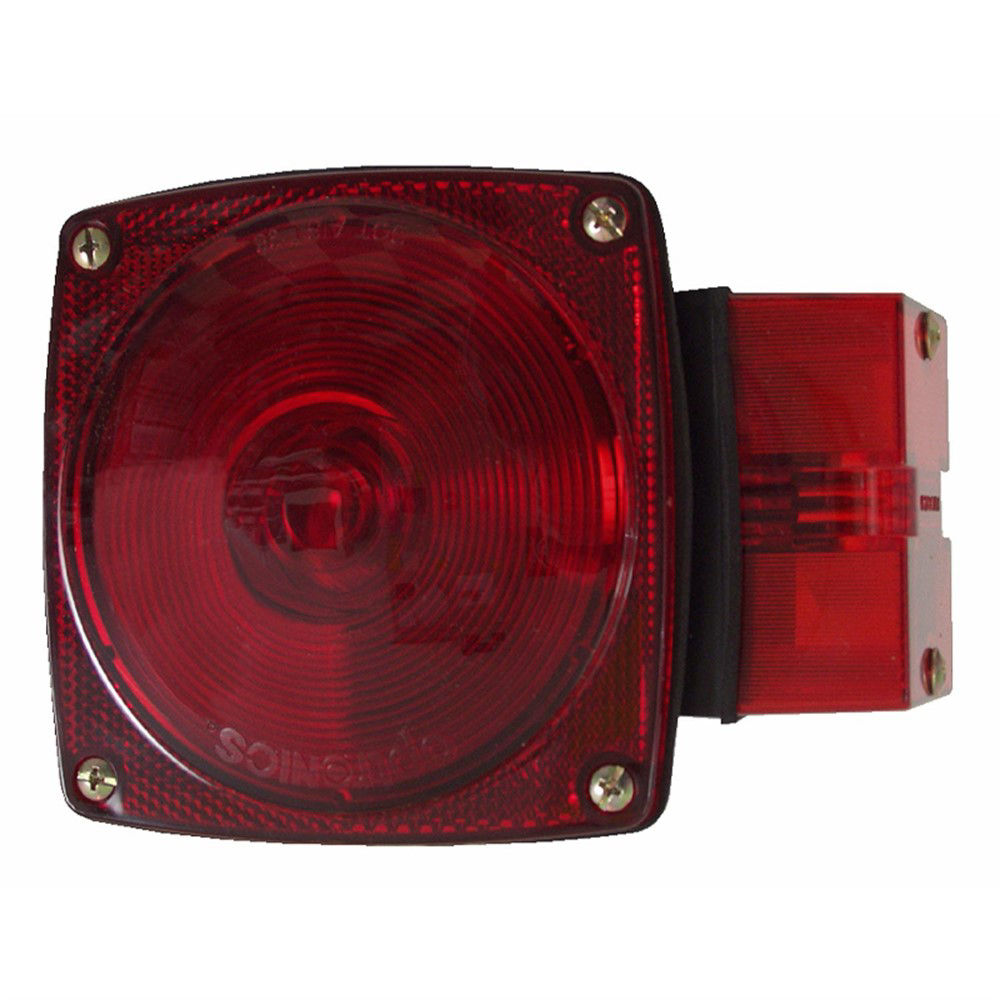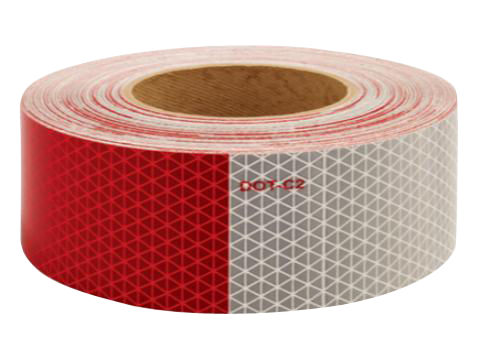Dexko Global
SNOWMOBILE Trailers
Parts, Kits & Accessories for Snowmobile Trailers
Keep your snowmobile trailer rolling smoothly with quality parts. From axles and brakes to bearings, hubs, and suspension, we’ve got the essential components to get you there safely.
Fast shipping
OEM‑trusted brands
Tech resources
Shop Popular Categories
Axle Assemblies
Tires & Wheels
Snowmobile Trailer Axle Components
Snowmobile Trailer Couplers
Snowmobile Trailer Electrical
Snowmobile Trailer Breakaway
Snowmobile Trailer Chains & Hardware
Snowmobile Trailer Suspension
Snowmobile Trailer Lighting
Snowmobile Trailer Cargo Control
Snowmobile Trailer Parts — Overview
For over 60 years, Families and manufacturers have trusted Dexter® to provide the industry's most reliable axles and brakes. Our extensive line of trailer running gear and towing accessories ensures that nothing will get in the way of your next adventure. Whether you’re chasing powder, tackling projects, or heading out on a new adventure, your trailer is ready to go.
Common Applications
Snowmobile Transport — safely haul one or multiple sleds to your favorite trail
ATV/UTV Hauling — most snowmobile trailers easily convert to carry ATVs and UTVs for spring and summer off-roading
Recreation and Powersports — from dirt bikes to kayaks, snowmobile trailers make it easy to get your gear where it needs to go
How to Measure Your Axle
Hub-face (HF) to hub-face
Spring-center (SC) to spring-center
Spindle type (EZ-Lube, etc.) & weight rating
Lighting & Wiring Tips
Use tinned copper connectors & heat-shrink
Protect runs with loom & grommets
Verify grounds — most lighting issues start there
Bearing Maintenance Tips
Along with bearing adjustment, proper lubrication is essential to the proper function and reliability of your trailer axle. Bearings should be lubricated every 12 months or 12,000 miles.
Snowmobile Trailer FAQs
Need Assistance? Reach out to us:
Call Us:
- Swift Current: 855-778-7302
- Longueuil: 866-767-4867
- Brantford: 833-753-0013
- Milton: 877-876-3344
Email: canada@dextergroup.com

